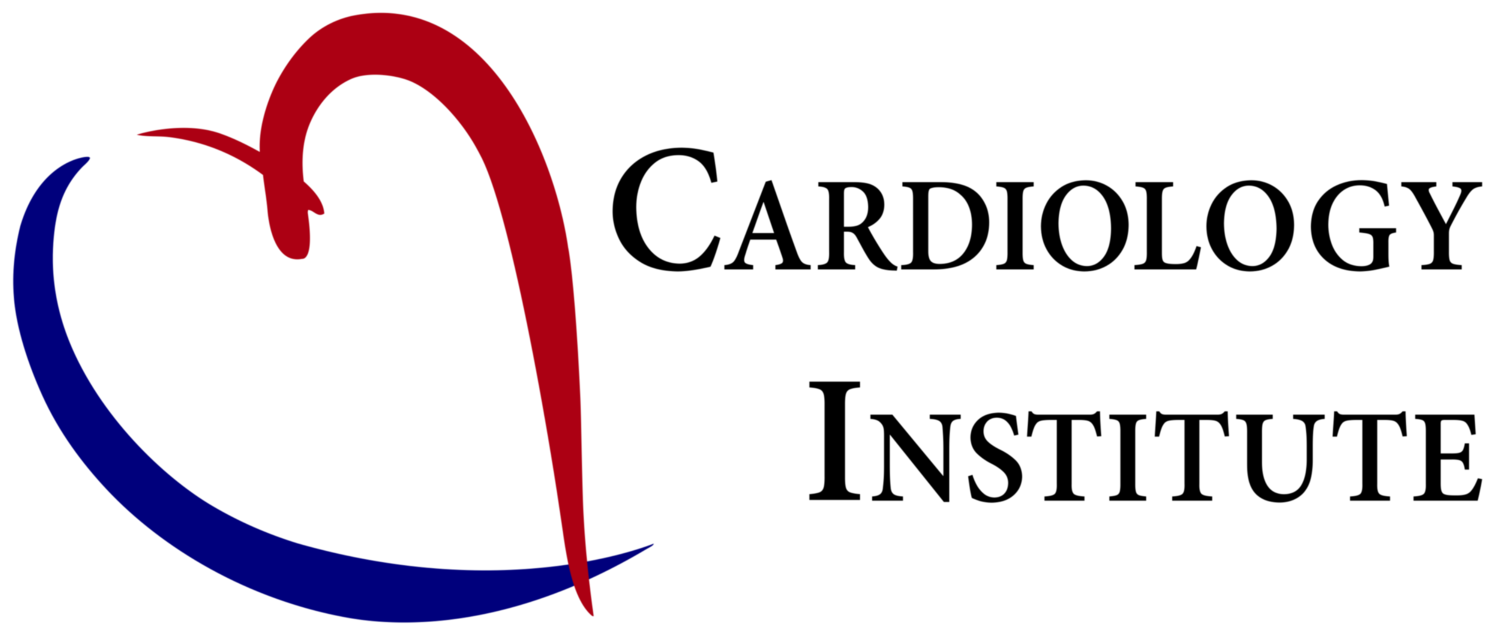The ACC/AHA Hypertension Guidelines 2017 was released in the AHA meeting in Anaheim, Californiain November 2017.
While there were a lot of changes, I think it has simplified a lot of the complexities surrounding treatment threshold and goal.
Here is the summary:
1. Definition – The biggest change from these guidelines is the definition of hypertension. In essence, anything >130/80mmHg is now hypertensive.
Normal BP = <120/80
Elevated BP = 120-129/<80
Stage 1 hypertension = SBP 130-139 or DBP 80-89
Stage 2 hypertension = SBP >=140 or DBP >=90
2. Treatment threshold and goals – As a result of the above, treatment threshold (i.e. when medications should be started…) has also been simplified to 130/80mmHg if the individual’s 10-year cardiovascular risk is over 10%. In those with lower risk, one may not start medications until 140/90mmHg.
3. Co-morbidities – The 130/80mmHg treatment goal also applies to patients with diabetes and chronic kidney disease.
4. Elderly – A systolic BP target of 130mmHg has also been suggested for ambulatory community dwelling elderly. This recommendation differs greatly from the 140-150mmHg target in the ESC guidelines, and reflects good evidence that intensive BP lowering benefits even the elderly. The exception is for those who may have high burden of co-morbidities or those with limited life expectancy.
5. Treatment titration – Combination therapy (2 first line agents of different classes) is recommended in those with >140/90mmHg, if they are >20/10mmHg above treatment target. This contrasts with the traditional treatment initiation strategy of starting with one medication, and then sequentially increasing it, before introducing a second agent.
Author: Dr Andrew To

